Cloud Backup
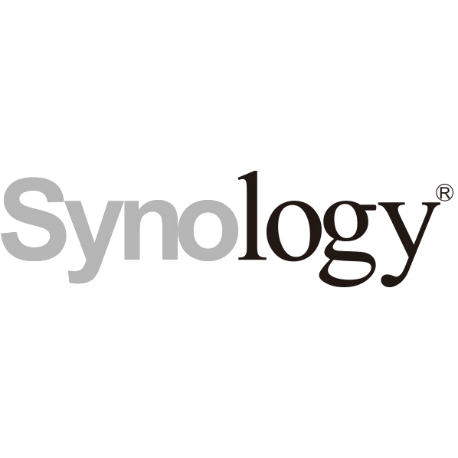
Synology provides affordable, scalable network attached storage (NAS) devices for consumers, small businesses, and enterprises. Using open source software like Minio or Zenko, you can leverage your own NAS for cloud storage. Retrospect 15.1 for Windows and Mac are certified for Synology. Follow these step-by-step instructions for configuring Retrospect to integrate with Synology.
Setup
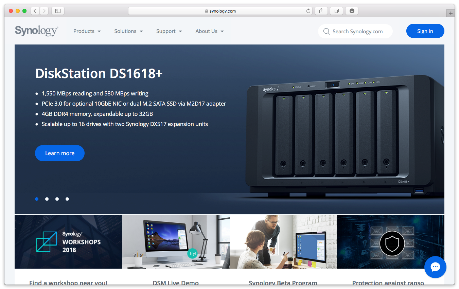
Visit Synology’s website to choose the right NAS for your business needs. Ensure that it supports hosting Docker instances. Retrospect is currently certified to integrate with Minio and Zenko Cloud Server Docker instances. See below for setup instructions.
Minio Setup
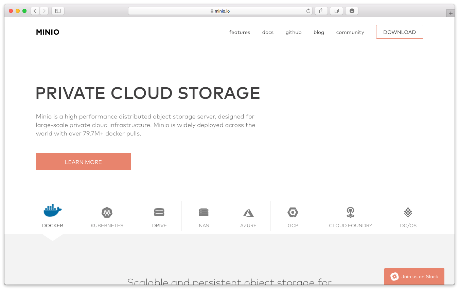
Minio is a high performance distributed object storage server, designed for large-scale private cloud infrastructure. Minio is widely deployed across the world with over 79.7M+ docker pulls. You can deploy it on any hardware you prefer. At the end of the setup, you will receive a path, an access key, and a secret key.
- Install Docker.
- Download minio/minio.
- Connect via SSH.
- Run: sudo docker run -p 9000:9000 --name minio -d minio/minio server /export.
- Run: sudo docker logs minio to get the access key and secret key.
- Launch a web browser and visit the instance to create a bucket.
Zenko Cloud Server Setup
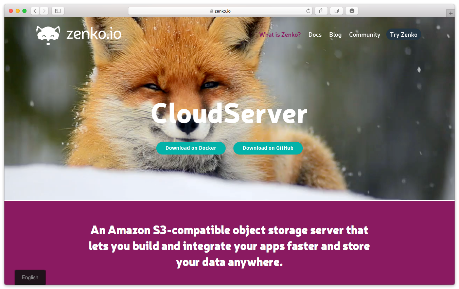
Zenko provides a single unifying interface using the Amazon S3 API, supporting multi-cloud backend data storage both on-premises and in the Amazon S3 public cloud as well as other services, including: Available now for Amazon S3, Scality RING and Docker. You can deploy it on any hardware you prefer. At the end of the setup, you will receive a path, an access key, and a secret key.
- Install Docker.
- Download scality/s3server.
- Launch scality/s3server via Image in Docker.
- In Docker > Container, highlight scality/s3server1 click on "Details". Local port is what is needed to connect.
- Create a bucket (folder) using Cyberduck instructions.
- Copy down the default access key and secret key.
Information for Retrospect
Retrospect needs three pieces of information to access Synology:
- Path – url_to_instance:port_number/your_bucket_name
- Access Key – Use the Access Key provided by your cloud storage instance.
- Secret Key – Use the Secret Key provided by your cloud storage instance.
Adding Cloud Storage in Retrospect
Adding cloud storage as a destination is simple. Retrospect has a new set type called "Cloud". Create a new backup set/media set and select "Cloud" as the type.
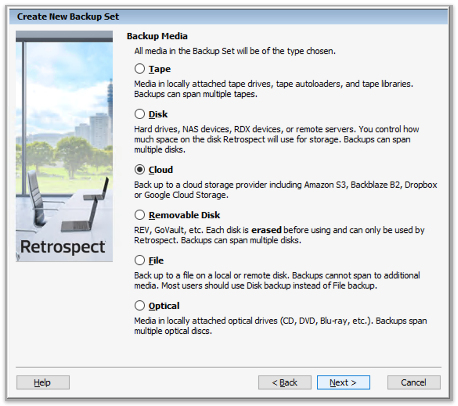
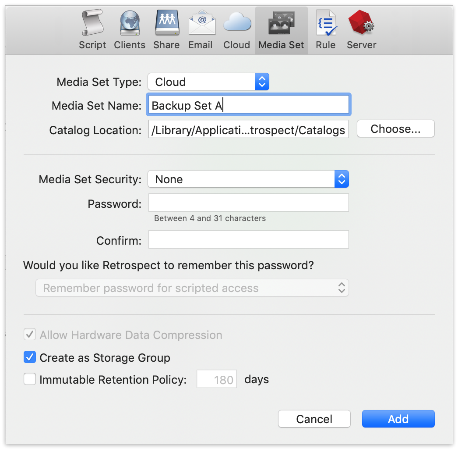
Next you’ll need to enter your cloud storage credentials.
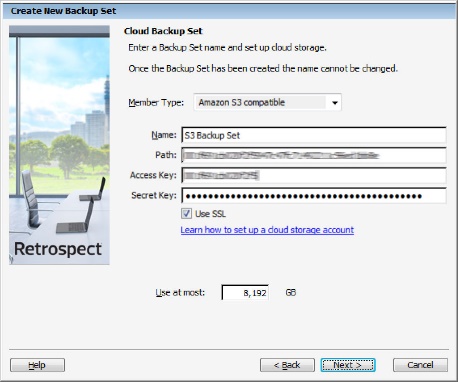
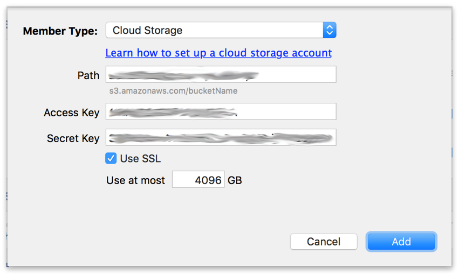
Using Cloud Storage in Retrospect
Using cloud storage is simple. After you have created a cloud set, create a new script or add it to an existing one, and click "Run". The backup will begin with the contents of the set being uploaded to your cloud storage location. You can track the progress in the execution/activity.

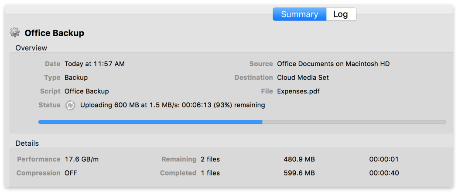
Throttling Cloud Backups in Retrospect
Throttling for cloud backup and cloud restore is available in Preferences.


General Tips
Below are a number of tips for using cloud storage in Retrospect:
- Bandwidth Measurement Tool – Measure your upload and download bandwidth with this free tool: Speedtest.net.
- Disable Backup Verification – Verification will download all of the data that you upload. See more details about why you should disable it for cloud backups in Cloud Backup - Best Practices for Data Protection with Cloud Storage.
Last Update: May 17, 2018